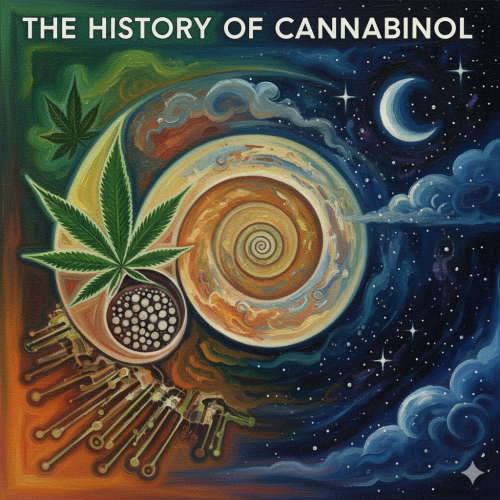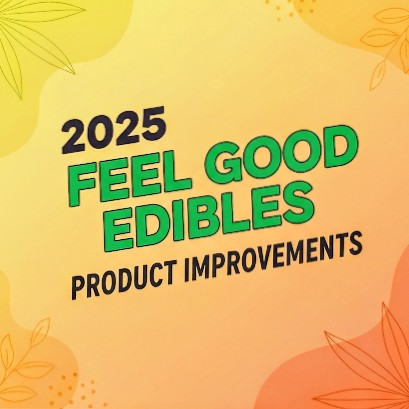YouTube has become a significant platform for the dissemination of information and trends related to CBD (cannabidiol) and THC (tetrahydrocannabinol), reflecting broader societal shifts towards the acceptance and legalization of cannabis. The surge in content focused on these compounds is driven by a mix of educational, recreational, and commercial interests, making it a vital medium for influencing public perception and consumption habits.
CBD, a non-psychoactive component of cannabis, has gained immense popularity due to its purported health benefits, which may include relief from stress, pain, and inflammation. On YouTube, numerous channels dedicated to CBD offer reviews, product comparisons, and user testimonials. This content often emphasizes the therapeutic potential of cannabinoids.
Influencers and health professionals alike use YouTube to demystify CBD, offering advice on usage, dosage, and product selection. This has helped to normalize CBD use, integrating it into mainstream wellness routines.
The Crackdown
THC, the psychoactive component of cannabis, also features prominently on YouTube, though its portrayal is more diverse and quite often more controversial. With the legalization of recreational marijuana in only some jurisdictions in the US, YouTube has seen an increase in content ranging from educational videos about safe consumption practices to lifestyle vlogs highlighting personal experiences with THC. Channels dedicated to cannabis culture, such as those offering strain reviews and cultivation tips, can attract large audiences eager to learn about the nuances of different THC products. This type of content not only serves an educational purpose but also fosters a sense of community among cannabis enthusiasts.
The commercial aspect of CBD and THC content on YouTube cannot be overlooked. Many videos are sponsored by brands seeking to market their products to a highly engaged audience. This has led to a proliferation of promotional content where influencers tout the benefits of specific CBD oils, edibles, and THC products. While this helps consumers make informed decisions, it also raises questions about the objectivity of such endorsements. YouTube’s guidelines on cannabis-related content are stringent, often requiring creators to navigate a fine line to avoid demonetization or content removal. This regulatory environment shapes how information is presented, sometimes prioritizing entertainment value over rigorous scientific discourse. However, with YouTube having a worldwide presence, laws within the US do not extend across all countries.
YouTube Censorship
Censorship on YouTube related to cannabis content is an ongoing issue that affects how creators approach their material. Videos featuring cannabis, especially THC, are frequently flagged by YouTube’s automated content moderation system. This can lead to age restrictions, demonetization, or even removal if the content is deemed to violate community guidelines. YouTube’s community guidelines specifically mention that content promoting the sale of illegal or regulated goods is not allowed. This means creators often have to self-censor, using euphemisms or avoiding direct references to sales and usage.
♦ Interested in high-quality edibles and merchandise? Check out the FGE shop and FGE Etsy Store ♦
Additionally, many creators have reported inconsistent enforcement of these policies. Some channels with cannabis-related content thrive without incident, while others face repeated strikes and takedowns. This inconsistency can be attributed to the reliance on automated systems and the vast amount of content uploaded daily, making it difficult for human moderators to catch every nuance and context ([The Verge](https://www.theverge.com/2018/12/19/18146357/youtube-cannabis-weed-marijuana-ads-demonetization)).
However, with YouTube having a worldwide presence, laws within the US do not extend across all countries. Specific countries may not be able to view advertisements of cannabinoids due to country-wide viewing restrictions and censorship.
The Influencers
The role of influencers in advertising CBD and THC products is significant. Many influencers create sponsored content that discusses their experiences with these products, often framing their content around lifestyle, wellness, and personal health journeys. These endorsements are typically framed within the boundaries of YouTube’s guidelines, focusing on personal anecdotes rather than explicit sales pitches. This strategy helps influencers bypass direct advertising restrictions while still effectively promoting products to their audiences.
Branding on YouTube
For brands, working with influencers is a way to leverage the credibility and reach of these content creators. Influencers with large followings can introduce products to new audiences, providing an authentic touch that traditional advertising lacks. However, the commercialization of these endorsements sometimes raises ethical concerns about transparency and the authenticity of the reviews provided.
In conclusion, advertising CBD and THC products on YouTube involves a delicate balance of compliance with platform guidelines and creative marketing strategies. The stringent regulations and potential for censorship mean that creators and brands must navigate these waters carefully, ensuring they provide value to their audiences without overstepping legal boundaries. As YouTube continues to evolve its policies, the dynamics of how CBD and THC are presented on the platform will likely continue to shift, reflecting broader societal and legal changes around cannabis.



